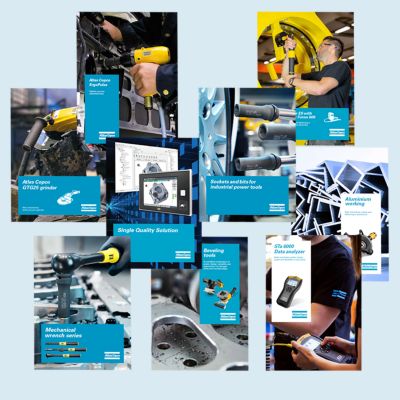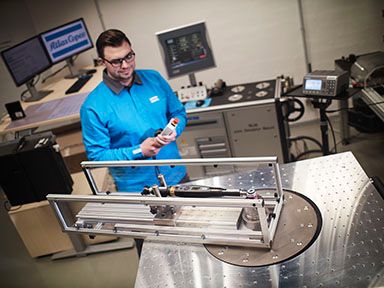Each year, millions of vehicles are produced and driven throughout North America. As the number of vehicles on the road increases, so does the demand for reliable quality assurance techniques and solutions.
Despite incorporating fastening techniques into their daily assembly, our customer faced issues with rework and repairs that adversely impacted their growth and success. To address such challenges, our experts diligently worked towards finding innovative solutions to help mitigate their issues. Read on to discover the solution that reduced their defects and repairs.
Threaded fastening: Monitoring for torque plus angle
The most common method of joining components is to use a screw to clamp the joint members with a nut or directly to a threaded hole in one of the components. This method is simple, easy to assemble and disassemble, productive, and cost-effective.
Traditionally, in threaded fastening, monitoring for quality involves measuring torque, which generates clamp load. However, tightening results are also impacted by variations in friction or components. The measurement of a second dimension, usually an angle of rotation, also needs to be measured. Controlling and monitoring both torque and angle detects failures such as missing gaskets, cross threads, material problems, and operator errors.
Commonly, when our experts see errors and rework in threaded fastening applications, we also find that operators aren’t using tightening techniques during assembly. However, despite using a torque and angle control strategy on the Power Focus with StepSync, our customer still encountered fastening failures that resulted in snapping bolts and extra rework.
Reject management: Our latest capabilities
Since our customer already integrated fastening strategies into their assembly, our team introduced them to the reject management capabilities of the Power Focus Secondary controller when used with the Power Focus 8, which acts as the primary for programming. Now, when a NOK tightening occurs, the system will automatically attempt to reverse the tightening and perform a re-hit.
This ensures quality in the tightening process, thus minimizing costly recalls, rework, and warranty claims, and avoiding damage to your valuable reputation. By integrating reject management and tightening strategies into daily assembly, you can prevent broken bolts and save time, just like our customer did.

Why choose Atlas Copco?
We are the experts in tightening techniques. Not only can you and your team learn improved tightening techniques for your daily assembly operations, but you can also obtain the entire solution from us.
In this customer’s case, we provided them with a more streamlined solution and completely transformed their assembly quality. By preventing the occurrence of broken bolts, our customer saw a decrease in rework and an increase in productivity.
Are errors and rework holding your assembly back? Contact our experts today to discover the error-proofing solutions we have to offer and find one that works for you.







